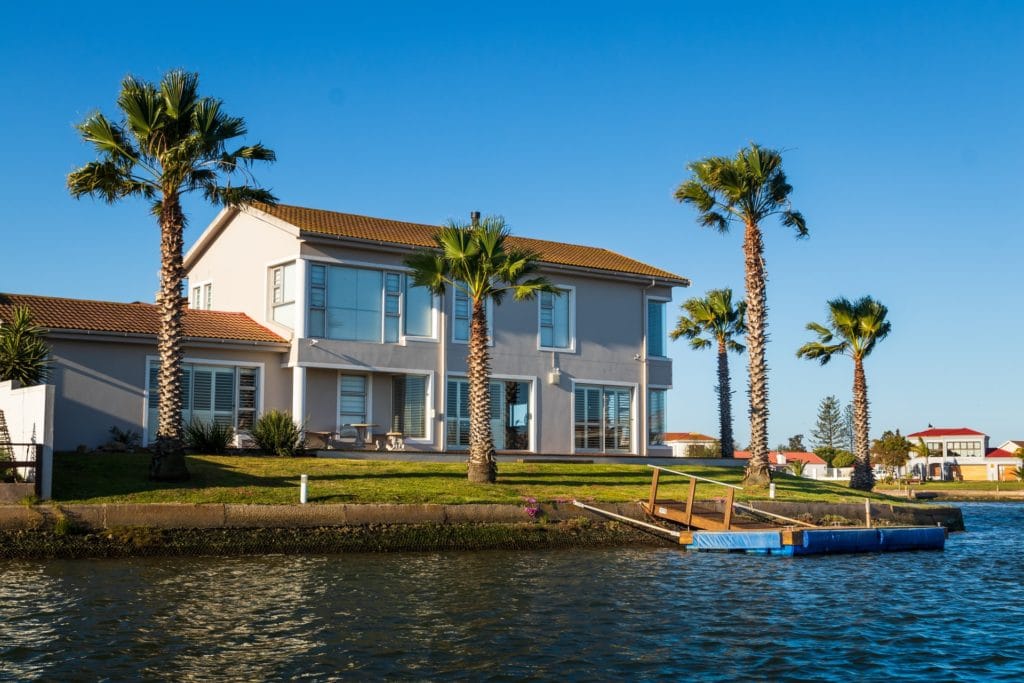Trump vs Harris: Renters Debate Who Is Better for Housing Affordability

Overview of the Current Apartment Market
The apartment market is experiencing a shift as newly constructed units are beginning to fill up more quickly than in previous months, although the pace remains slower compared to the same period last year. This trend reflects a complex interplay of factors influencing both supply and demand in the housing sector.
Supply and Demand Dynamics
On the supply side, the construction of new apartment buildings has been robust, contributing to an increased inventory of available units. Developers have been responding to the high demand for rental properties, driven by factors such as urbanization, changing lifestyle preferences, and a growing population of renters. However, the pace of leasing these new units has not kept up with the rapid absorption rates seen in the previous year.
Demand for apartments remains strong, but several factors are contributing to the slower leasing pace. Economic uncertainties, including inflation and interest rate fluctuations, have made potential renters more cautious. Additionally, the lingering effects of the COVID-19 pandemic continue to influence rental decisions, with some individuals opting for more flexible living arrangements or delaying moves altogether.
Regional Variations
There are notable regional differences in how quickly new apartments are being leased. Urban centers with high population densities and strong job markets are seeing faster absorption rates compared to suburban or rural areas. Cities that have traditionally been rental hotspots continue to attract tenants, although the competition from other housing options, such as single-family homes, is impacting the speed at which new apartments are filled.
Impact of Rental Prices
Rental prices are another critical factor affecting the leasing pace of new apartments. In many markets, rents have been rising steadily, which can deter potential renters from committing to new leases. The affordability of rental units is a significant consideration for many individuals, and as prices increase, some may choose to explore alternative housing options or negotiate longer lease terms to secure more favorable rates.
Developer Strategies
To address the slower leasing pace, developers are employing various strategies to attract tenants. These include offering incentives such as reduced rent for the first few months, waiving application fees, or providing amenities that enhance the living experience. Developers are also focusing on marketing efforts to highlight the benefits of new construction, such as modern design, energy efficiency, and advanced technology features.
Future Outlook
Looking ahead, the apartment market is expected to continue evolving as economic conditions and consumer preferences change. While the current pace of leasing new apartments is slower than last year, the underlying demand for rental housing remains strong. Developers and property managers will need to adapt to these changing dynamics to maintain occupancy levels and meet the needs of renters.
Overall, the apartment market is navigating a period of adjustment, with new units filling up at a moderate pace. The interplay of supply, demand, pricing, and regional factors will continue to shape the landscape of rental housing in the coming months.





Start the discussion
Become a member of Crib Metrics - Fresh Housing Market Insights and Analysis to start chatting with our AI Real Estate Market Analyst about the article Trump vs Harris: Renters Debate Who Is Better for Housing Affordability
Already a member?